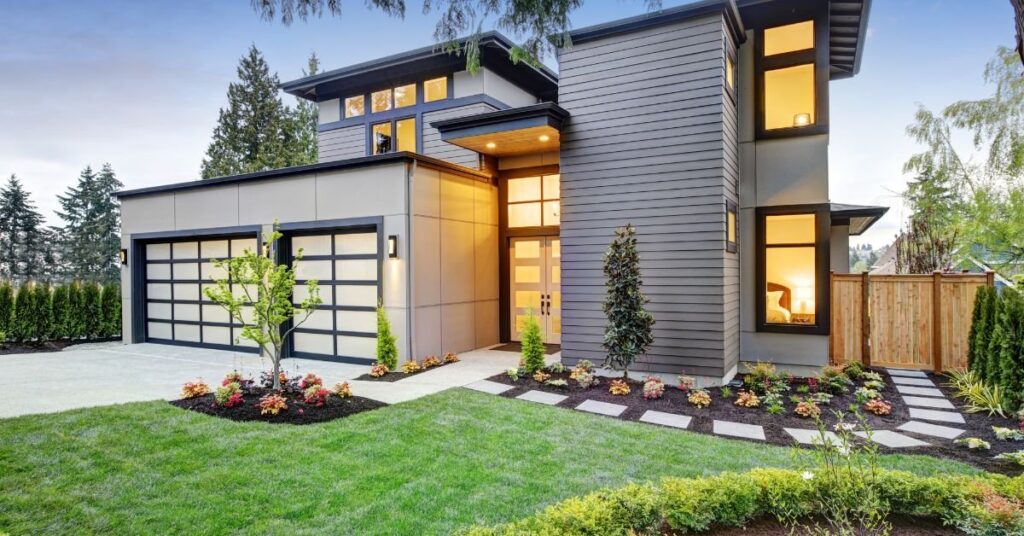When people think about home prices, they often think of size, location, or the number of rooms. However, there is another factor that plays a significant role in determining your home’s worth. That part is your home’s architecture. The way your home is shaped, styled, and built can change how people perceive it-and how much they are willing to pay for it.
Whether you are planning to sell now or simply want to understand your home’s true value, this is essential to know. Read on to learn how architecture affects your home’s worth and how you can use that knowledge to your advantage.
Why Architecture Makes a Strong First Impression?
Before a person enters a home, they first observe the exterior. That first look sets the tone. A well-designed home with balanced windows, good roof lines, and a pleasing shape can feel warm, welcoming, and complete.
On the other hand, a home with awkward shapes, mismatched parts, or strange angles might feel confusing or uninviting-even if the inside is perfect. This reaction happens quickly, and it sticks. Buyers often carry that first feeling with them as they explore the rest of the home.
The Style of a Home Speaks Volumes
Different home styles appeal to different buyers. A classic colonial or craftsman might feel solid and timeless. A sleek modern home may feel fresh and full of possibility.
A home that combines styles in an inconsistent manner may feel uncertain or confusing. Matching the style to what people in the area like can make a big difference. If you are in a rush or looking for a fast process, some buyers may even choose to sell house for cash rather than go through the usual market steps, especially if the design does not appeal to current trends.
How Layout and Flow Add to Worth?
Good architecture encompasses more than just the external appearance of a house. It is also about how the space inside works. A smart floor plan helps people move from room to room with ease.
It offers privacy where needed and open space where it counts. Natural light, ceiling height, and even where the doors and windows are placed all come from design choices made early on. When these choices are well-planned, they make the home feel bigger, brighter, and more useful.
Details That Show Care and Quality
Architecture also includes the small touches that most people do not notice right away, but still feel. These include the shape of the trim, the depth of the porch, or the way a staircase curves. These details create a sense of care and style. When done right, they make a home feel special.
When left out or rushed, they can make a home feel plain or even cheap. Homes with thoughtful design details often age better than homes that follow trends too closely. Trends come and go, but well-built design stays strong over time. Buyers recognize quality, even if they do not know why. And quality makes people willing to pay more.
Matching the Market with the Right Design
What works in one place may not work in another. A mountain cabin design may not sell well in a downtown area. A beachy look may seem out of place in a cold northern town.
Architecture that fits the land, the climate, and the local style can add a lot of value. When your home feels like it belongs, it becomes more appealing to people nearby. That is why it helps to know what types of homes are selling well in your area.
Blending Style and Value with Expert Insight
You do not need to copy others, but you can learn from what works. Small changes to your home’s design-like updating the siding, reshaping the entryway, or adding better windows-can bring it closer to the styles people want while still keeping its unique charm.
Knowing how your home is viewed by others is key, and that is where professionals can help. An architect or design-focused agent sees things that the average person misses. They can point out what changes are worth making and what will likely raise your home’s market value.
There are even times when a home’s architecture alone makes it stand out in the market. A well-designed space that balances beauty and function can rise above the rest, even if it is not the largest or most updated property. That is why more buyers are looking for homes that feel just right from the moment they see them.
The Power of Architecture in Making a Lasting Impression
A smart homeowner who works with these insights can gain a big advantage. One reason buyers are drawn to unique properties is because architecture gives homes character and presence. Much like how a well-dressed person can command attention without saying a word, a well-designed house can do the same.
Good design speaks clearly about value and comfort, and people respond to that without needing to think too hard about it. That is why architecture should never be an afterthought when preparing a home for sale. A home with strong design often becomes more than just a place to live.
Design That Delivers Both Joy and Return
It becomes a space that brings joy and pride. It makes daily living easier and more pleasant. And when the time comes to sell, that same good design can bring in more offers and higher prices.
It is often said that beauty is in the eye of the beholder, but in real estate, beauty-when guided by solid design-can also lead to greater financial value. People are willing to pay more for homes that feel right, look good, and function well. A smart seller knows this and uses it to their advantage.
Your Home’s Design Is a Powerful Asset
Your home’s design is more than style-it is a tool that shapes how people see and value your space. Whether you live in a small cottage or a large estate, the way it is designed matters. Good architecture can boost comfort, increase function, and raise your home’s market price.
If you want your home to stand out, to feel right, and to sell well, focus on the power of its design. The choices you make today can shape the value you build for tomorrow. Expand your knowledge and check out more posts on our blog!

